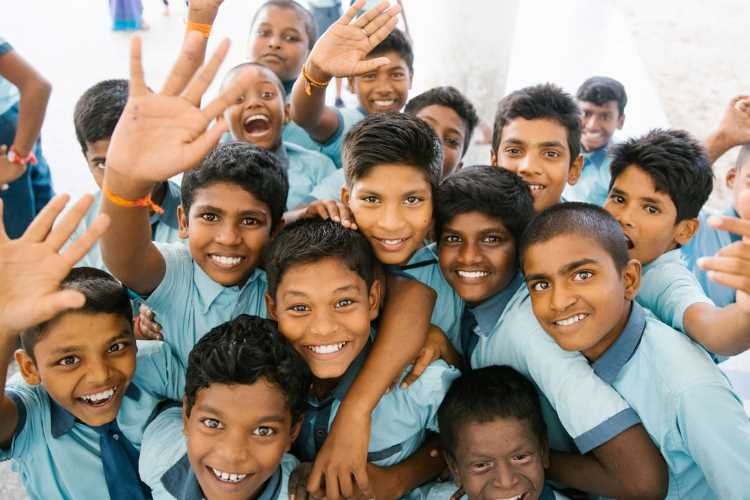
By Rattan Chand
Today is the World Population Day. The day is observed on July 11 every year to raise awareness about population growth and related issues following a decision of the governing council of the United Nations in 1989. The event relates to the date when the world population reached five billion (July 11, 1987). Today, the world’s population stands at 7.8 billion (as on July 1, 2020). Around one billion people have been added since 2007 and two billion since 1994. The global population is expected to reach 8.5 billion in 2030, 9.7 billion in 2050 and 10.9 billion in 2100. A United Nations study warns that if the COVID-19 lockdown continues for 6 months with major disruption to health services, then 47 million women in low- and middle-income countries may not be able to access modern contraceptives, resulting in 7 million unintended pregnancies.
The population of India stands at 1380 million (as on July 1) compared with 1439 million of China. In the year 2027, India’s population will reach 1469 million and overtake China’s population of 1462 million. India’s population will continue to grow to 1651 million by 2059. Thereafter, the population will start declining and in the year 2100, it is projected to come down to 1447 million.
READ I Kerala’s achievements in healthcare can be replicated in other states
Such a large population has implications for healthcare, food, housing, education, energy, employment, environment, transport, as well as social, regional and political conflicts. What should be done to arrest the population growth and where the focus of policy makers should lie? There has been a considerable decline in fertility in India over the years. The total fertility rate (average number of children a woman would have by the end of her childbearing years) has declined from 5.2 in 1971 to 2.2 in 2017, a 60% decline.
India is close to achieving the replacement level of fertility (TFR 2.1) and 24 states and Union territories (home to 55% of the country’s population) have already achieved the TFR of 2.1 or below. However, the fertility rate varies due to factors such as education, religion, castes, wealth status and by regions. The National Family Health Survey conducted during 2015-16 shows that the women with no schooling had 80% higher fertility compared to women with 12 or more years of schooling. Muslims had 23% higher fertility than Hindus, 32% higher than Christians and twice that of Jains. Fertility among the OBCs and Scheduled Castes was 15-17% higher compared with upper castes.
READ I Eight factors behind Kerala’s successful Covid-19 response
Economic status of the population is another important factor affecting fertility. The fertility among the women in the lowest wealth index quintile was more than twice that of women in the highest wealth index quintile. The wanted fertility of couples was higher than the actual fertility indicating unmet need for contraception. About 29% of all births were of order 3 or higher. The interval between two births was also found to be too narrow.
The foregoing analysis shows that family planning in India needs to focus on couples with low educational, low income and high fertility levels from all communities. This would also mean that focus should be on couples who already have two or more children. They should be convinced to adopt family planning methods for preventing further births. The couples may also be encouraged to have only one child. More focus should be on states / districts with high fertility and even in the districts with low fertility, there is a need to focus on couples who already have two or more children.
READ I India’s migrant labour exodus and the missing trade unions
The worldwide experience shows that fertility reduction in countries like India will be driven by multiple factors of human development — reductions in child mortality, increased levels of education in particular among women and girls, increased urbanization, expanded access to reproductive healthcare services including for family planning, and women’s empowerment and growing labour force participation. Many demographers believe that development is the best contraceptive that helps in reducing fertility rate. The socioeconomic development and family planning programme efforts have, therefore, to go hand in hand.
The decline in fertility will also lead to more population in the higher age group of 60 years or more. It is projected that the percentage of 60+ population will increase from 9.2% in 2011 to 14.2% in 2026. The dependency ratio (population of 65 years or more divided by population 25-64 years) will increase from 13% in 2020 to 25% in 2050 and to 55% in 2100. This means there will be huge increase in aged population in the coming years, implying implications for health and other services. The government needs to urgently look into all issues relating to population in a comprehensive manner and come out with a well thought out national population policy after due deliberations.
(Dr Rattan Chand is a New Delhi-based public health expert. He is a director of EGROW Foundation, a Noida-based think tank. Views expressed in this article are personal)

